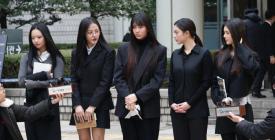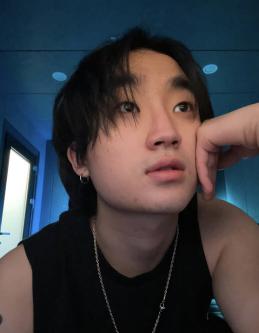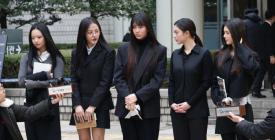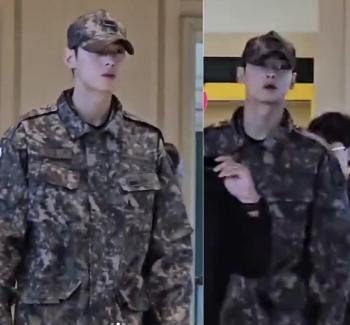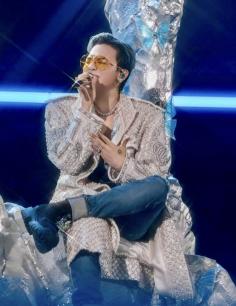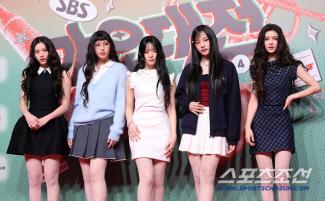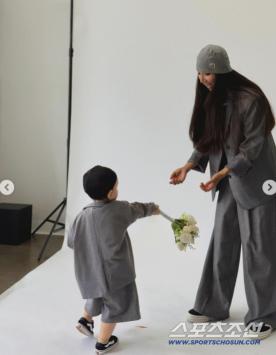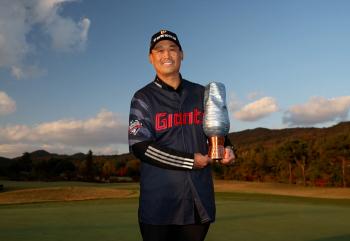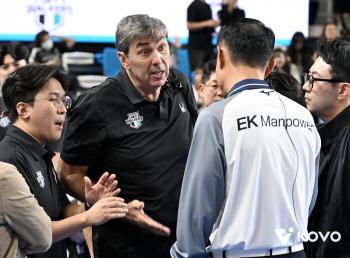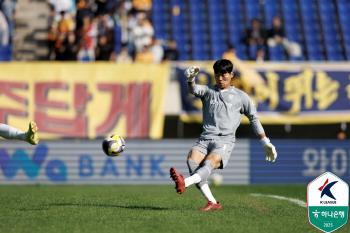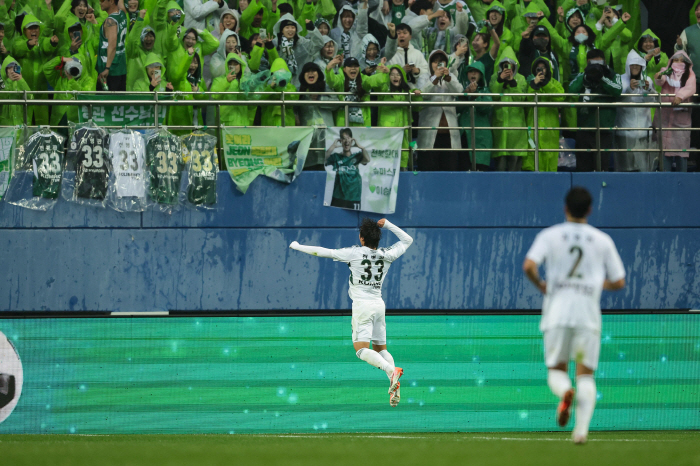 |
| ◇photo courtesy of the Korea Professional Football Association |
|
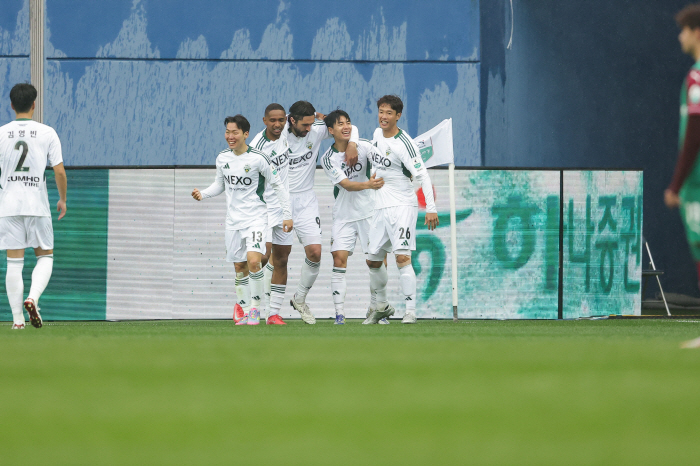 |
| ◇photo courtesy of the Korea Professional Football Association |
|
It's a better-than-expected performance.
Jeonbuk Hyundai won 2-0 in an away game against the Hana Citizen in Daejeon on the 5th. He made his first winning streak of the season. Previously, the concern was greater than expected when it won 1-0 against FC Anyang after only six consecutive wins in K League 1 and Asian Champions League 2 (ACL2). It was a victory based on a defense-oriented strategy, abandoning its unique team color, Dak-gong (shut up and attack). However, in the match against Daejeon, he succeeded in launching a new hope by producing results beyond the equal content of the game.
The basic movement was good. Jeonbuk efficiently blocked Daejeon's build-up by taking a tight line gap when defending. Park Jin-seop, who played as a central defender earlier, was raised as a defensive midfielder, and Kim Young-bin and Hong Jung-ho took the center back position to maximize the effect. Park Jin-seop did his part faithfully with Kim Young-bin with three interceptions, recording the most in the team and eight ball wins (2nd place). Kim Tae-hwan and Kim Tae-hyun, who were placed on the left and right sides, played a role in opening up not only defense but also offense based on their wide range of activities. The speed of the build-up and development also increased compared to the previous game, making it easier to attack the left and right sides of the opponent's camp.
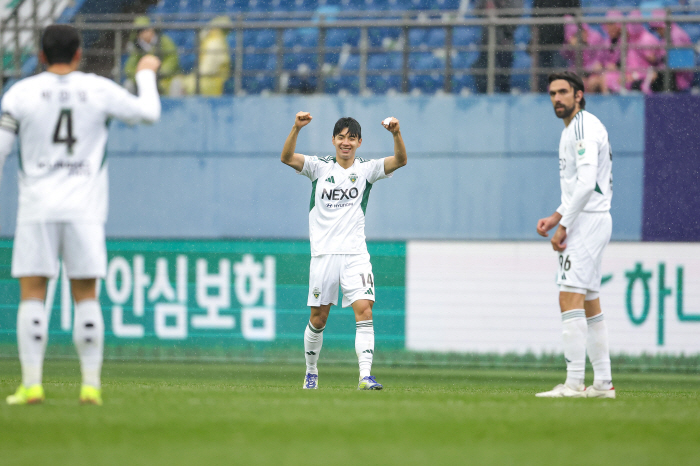 |
| ◇photo courtesy of the Korea Professional Football Association |
|
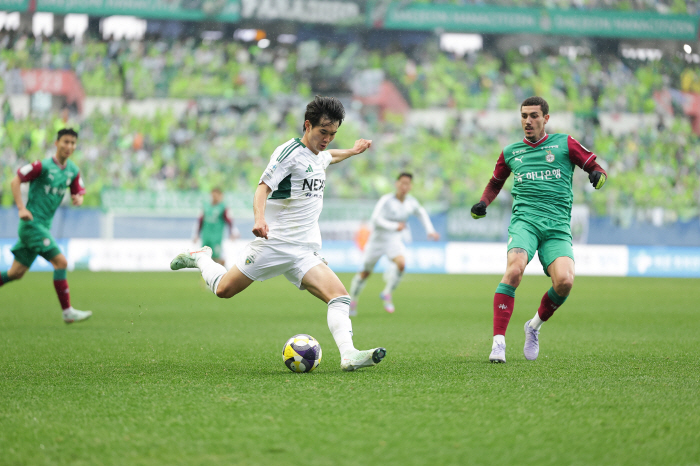 |
| ◇photo courtesy of the Korea Professional Football Association |
|
The composition of the changed midfield was also successful. On this day, coach Gus Foye chose Kim Jin-kyu as a partner for Kang Sang-yoon, who is currently being selected as a starter. Kim Jin-kyu recorded 75 times, the most except for defenders in the team, in the pass category, and helped Kang Sang-yoon with nine ball wins, the most. Kang Sang-yoon made 11 of the 16 forward passes, including a key pass that led to Jeon Jin-woo's first goal.
Jeonbuk's success rate of forward passes was 67 percent on the day, down from Daejeon (74.1 percent). However, Daejeon's forward pass was 37.6% of the total pass ratio, while Jeonbuk reached 47.8%. Given that both teams are putting weight on building-based development, Jeonbuk's more active game model was more successful than Daejeon as a result.
Previously, Jeonbuk had an attack based on build-up and utilization of the left and right sides with Andrea Compagno, the front-line one-top. However, on this day, he focused on aiming for the back space of the opponent's defense with forward passes while taking the build-up process as concisely as possible. While Compagno drove the opponent's defender, Jeon Jin-woo, a former sergeant on the side, penetrated and scored. Of course, it is true that Daejeon was slower in overall speed and movement than the previous game, but it is a significant change compared to Jeonbuk's previous use of sides and crosses.
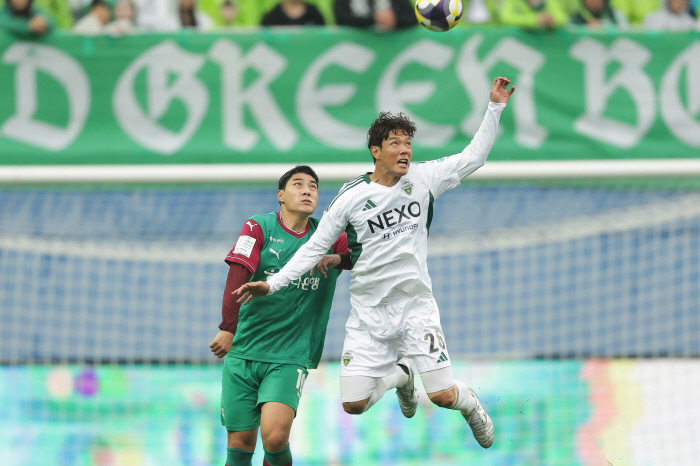 |
| ◇photo courtesy of the Korea Professional Football Association |
|
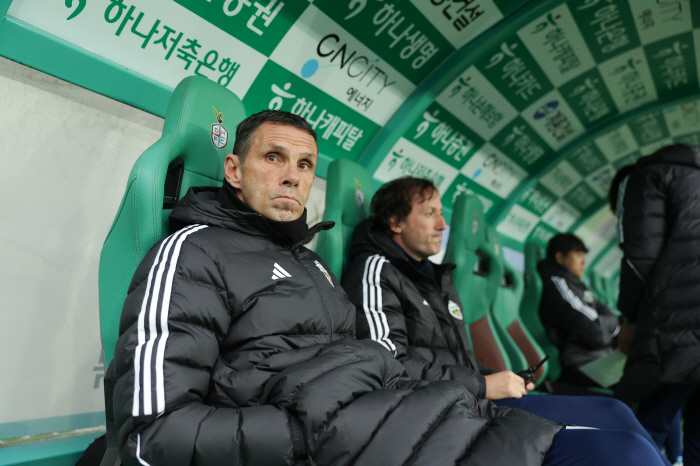 |
| ◇photo courtesy of the Korea Professional Football Association |
|
Coach Foyet had expected that Jeonbuk's outline in the second half would be revealed to some extent only after the first half of the year after taking office. The fact that Jeonbuk has been attempting various changes in tactics and composition since the beginning of the season shows that Foyet's plan is currently ongoing. It is noteworthy that positive aspects are beginning to be seen in the process of producing results. Ultimately, expectations for a rebound will also increase.
This article was translated by Naver AI translator.






